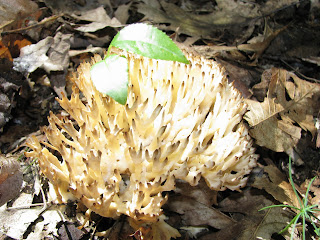 |
| Bluegill |
 |
| Pandora Sphinx moth |
 |
| Androgeus Swallowtail |
 |
| Peppermint |
"33 He described plant life, from the cedar of Lebanon to the hyssop that grows out of walls. He also taught about animals and birds, reptiles and fish."
1 Kings 4:33
The above scripture is talking about King Solomon. We all know that Solomon was the wisest man in the world, filthy rich, and had more wives than any man could hope to have, or probably want to have. The one thing I never knew about Solomon until the other day however was that he was also a naturalist.
Frequently I have felt like a fish-out-of-water as a nature enthusiast in the Christian crowd. So many Christians seem to think that God's instruction to have dominion over the earth meant to do whatever they please to the earth, regardless of the consequences. The idea of somebody approaching the earth with a sense of stewardship and scientific interest was usually labeled as worshiping the earth rather than God.
For a long time I felt a sense of internal conflict about this. I really felt that God had hard-wired me to have an inquisitive nature about creation. At the same time, I had heard many a sermon and many a passing comment that nature enthusiasts were evil and wrong and worshiping the wrong thing.
It wasn't but a few years ago that I finally decided that yes, God had hard-wired me this way, that God had built within me a genuine desire to learn as much as I could about creation. God had created me to want to learn the names of all of the different plants and animals, and to learn the different stories that made each member of creation special and unique, just like me.
I am so pleased to learn that Solomon was given the same interest in the natural world as I. I feel like I am in good company, and I feel like it is confirmation that my interest in creation is in fact from the Lord.


























